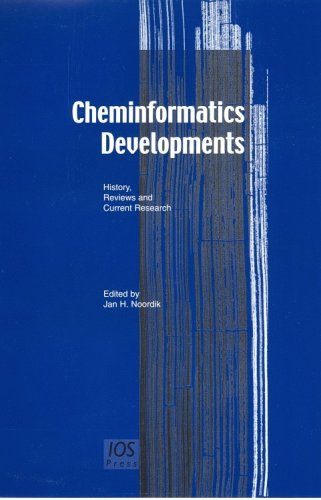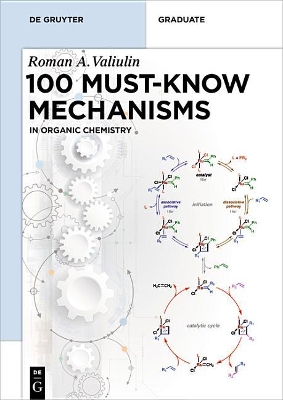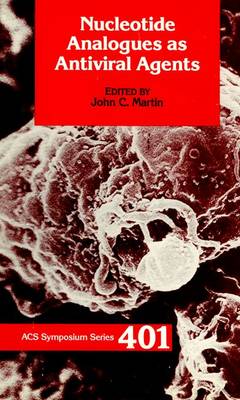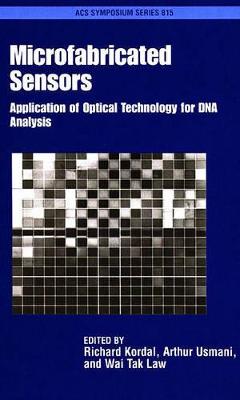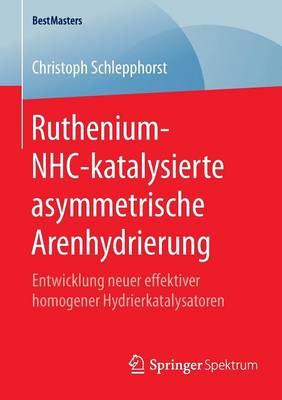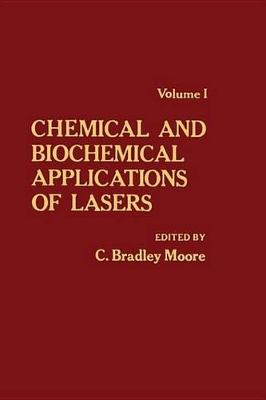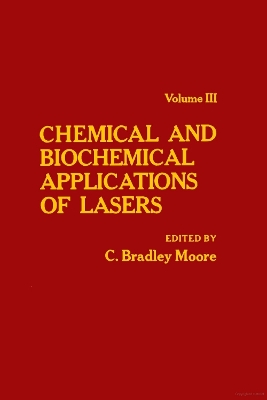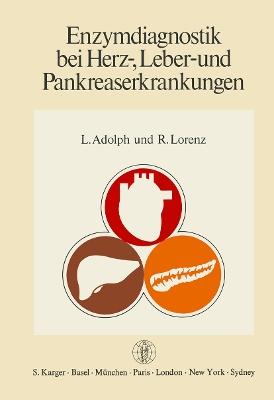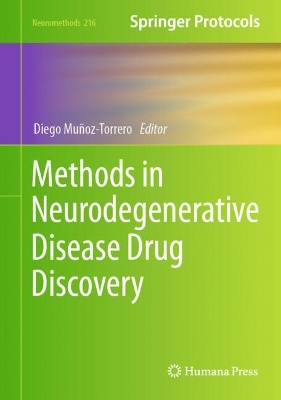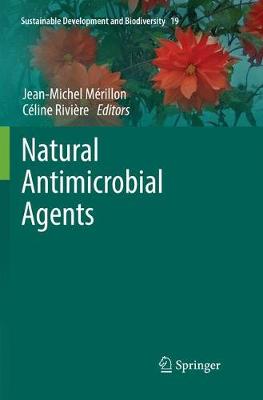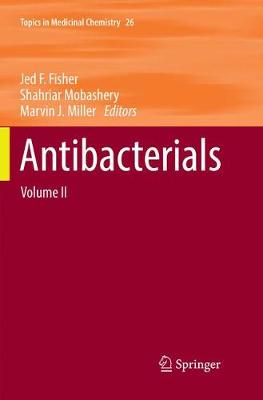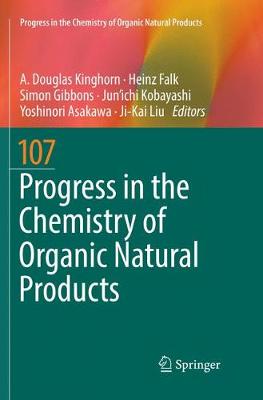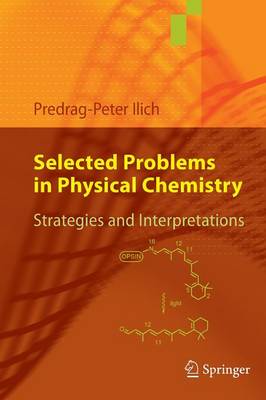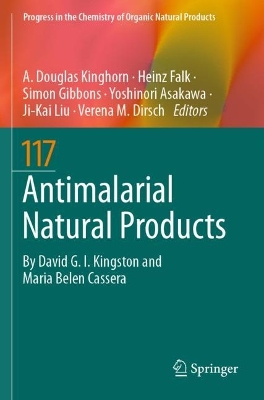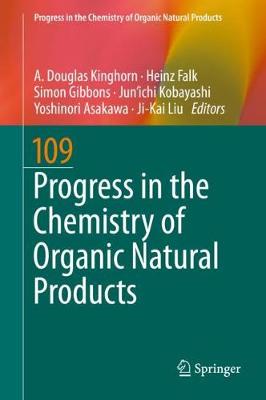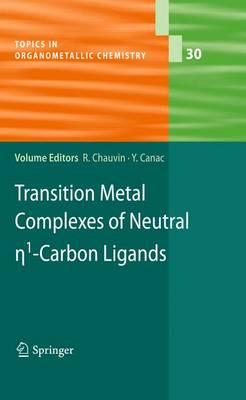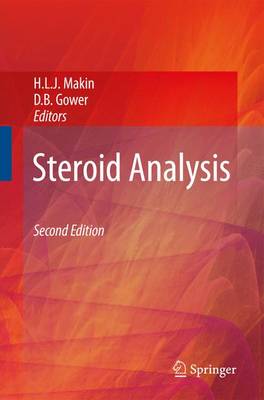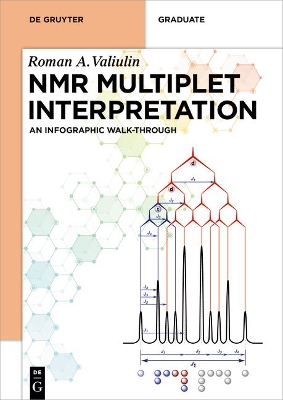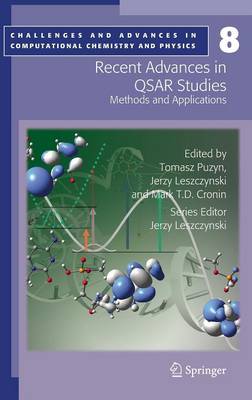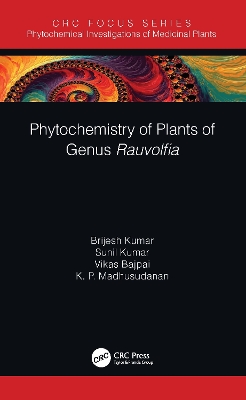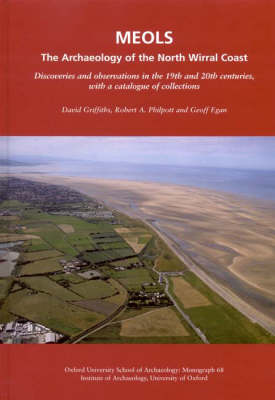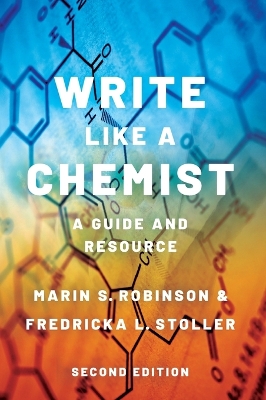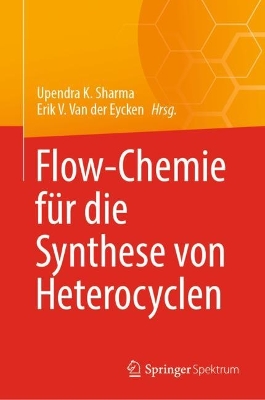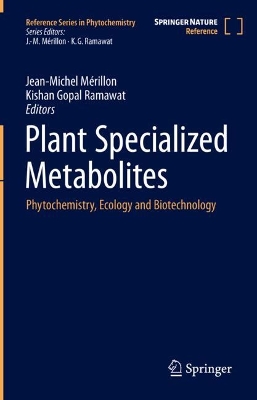The developments in information technology in the last decades of the 20th century have fundamentally changed the way in which scientific information is being communicated and used. A scientific discipline where the impact of these changes has been particularly significant is (bio)chemistry. Up to less than 25 years ago, molecular modeling was a hardly-existent computational chemistry niche, only practiced at those few institutes that could afford the very expensive specialised hardware. Also ra...
Organic Chemistry: 100 Must-Know Mechanisms (de Gruyter Textbook)
by Roman Valiulin
This book summarizes 100 essential mechanisms in organic chemistry ranging from classical such as the Reformatsky Reaction from 1887 to recently elucidated mechanism such as the copper(I)-catalyzed alkyne-azide cycloaddition. The reactions are easy to grasp, well-illustrated and underpinned with explanations and additional information.
Nucleotide Analogues as Antiviral Agents (ACS Symposium, #401)
Largely in response to the AIDS epidemic, the amount of research directed toward the discovery of antiviral agents has greatly expanded. This new volume focuses on the potential of nucleotides to exert potent in vivo antiviral effects. It presents the findings of an international group of scientists who are carrying out research at the forefront of the nucleotide drug design. Twelve chapters describe many new concepts and results, much of which has been previously unpublished. This book assemble...
Microfabricated Sensors (ACS Symposium, #815)
by Richard Kordal, Arthur Usmani, and Wai Tak Law
This volume describes the important application of the Bio- or DNA-Chips in biomedical research, such as gene expression studies and methods of construction. Microfabricated Sensors: Application of Optical Technology for DNA Analysis describes novel optical sensing and processing technologies that are being employed by researchers in this field. Specific topics include DNA Chips, detection technologies and optical sensing and processing.
Ruthenium-NHC-katalysierte asymmetrische Arenhydrierung (Bestmasters)
by Christoph Schlepphorst
Christoph Schlepphorst entwickelt ein rationales Ligandendesign für die Ruthenium-NHC-katalysierte asymmetrische Hydrierung (hetero-)aromatischer Verbindungen. Zudem synthetisiert er eine Reihe von entsprechenden Carbenvorläufern und charakterisiert diese. Die synthetisierten Carbenvorläufer werden außerdem auf ihre Eignung als Liganden in Ru-NHC-katalysierten Hydrierreaktionen getestet. Der Autor optimiert bei diesem Vorgehen die asymmetrische Hydrierung ungeschützter monosubstituierter Pyrazin...
Chemical and Biochemical Applications of Lasers (Chemical and Biochemical Applications of Lasers)
by Charles Bradley Moore
Chemical and Biochemical Applications of Lasers, Vol. 3
by Charles Bradley Moore
Enzymdiagnostik bei Herz-, Leber- und Pankreaserkrankungen
by L. Adolph and R Lorenz
Methods in Neurodegenerative Disease Drug Discovery (Neuromethods, #216)
This book explores the latest developments in the identification of biomarkers for early diagnosis of neurodegenerative diseases and methodologies for the biophysical; in vitro; cell-based; and in vivo profiling, during the early phases of drug discovery, new hits, leads, and drug candidates directed to a variety of biological targets with key pathogenic roles in neurodegenerative diseases. In the Neuromethods series style, chapters include the kind of detail and key advice from the specialists...
Natural Antimicrobial Agents (Sustainable Development and Biodiversity, #19)
Documenting the latest research in the field of different pathogenic organisms, this book presents the current scenario about promising antimicrobials in the following areas: Part I. Plants as source of antibacterials, Part II. Naturally occurring antifungal natural products, Part III. Antiparasitic natural products, Part IV. Antiviral natural products. Renowned scientists from the globe have been selected as authors to contribute chapters. Use of plants for various ailments is as old as human c...
Antibacterials (Topics in Medicinal Chemistry, #25)
Medicinal chemistry is both science and art. The science of medicinal chemistry offers mankind one of its best hopes for improving the quality of life. The art of medicinal chemistry continues to challenge its practitioners with the need for both intuition and experience to discover new drugs. Hence sharing the experience of drug research is uniquely beneficial to the field of medicinal chemistry. Drug research requires interdisciplinary team-work at the interface between chemistry, biology and...
The first review describes examples of very promising compounds discovered from plants acquired from Africa, Southeast Asia, the Americas, and the Caribbean region with potential anticancer activity. These include plant secondary metabolites of the diphyllin lignan, penta[b]benzofuran, triterpenoid, and tropane alkaloid types. The second review presents 40 more erythrinan alkaloids, which were either new or were missed out in the last major reviews, bringing to a total of 154 known erythrinan...
The latest authors, like the most ancient, strove to subordinate the phenomena of nature to the laws of mathematics Isaac Newton, 1647–1727 The approach quoted above has been adopted and practiced by many teachers of chemistry. Today, physical chemistry textbooks are written for science and engineering majors who possess an interest in and aptitude for mathematics.No knowledge of chemistry or biology (not to mention poetry) is required. To me this sounds like a well-de?ned prescription for limit...
Antimalarial Natural Products (Progress in the Chemistry of Organic Natural Products, #117)
This volume begins with a short history of malaria and follows with a summary of its biology. It then traces the fascinating history of the discovery of quinine for malaria treatment, and then describes quinine’s biosynthesis, its mechanism of action, and its clinical use, concluding with a discussion of synthetic antimalarial agents based on quinine’s structure. It also covers the discovery of artemisinin and its development as the source of the most effective current antimalarial drug, includi...
This volume comprises three reviews. The first describes isolation, structure determination, syntheses, and biochemistry of the low molecular weight compounds of the secretion of exocrine glands of termies with emphasis to pheromones and defensive compounds. The second review describes recent studies on isolation and structure elucidation of bioactive compounds involved in the life cycle and determination of the molecular mechanisms of the developmental events observed in higher plants. The thir...
Transition Metal Complexes of Neutral eta1-Carbon Ligands (Topics in Organometallic Chemistry, #30)
Contents: Yves Canac and Remi Chauvin: Neutral eta1-carbon ligands: beyond carbon monoxide; Esteban P. Urriolabeitia: Ylide Ligands; Wolfgang Petz and Gernot Frenking: Carbodiphosphoranes and related ligands; Mareike C. Jahnke and F. Ekkehardt Hahn: Chemistry of N-Heterocyclic Carbene Ligands; Tsuyoshi Kato, Eddy Maerten, Antoine Baceiredo: Non-NHCs stable singlet carbene ligands; Victorio Cadierno, Sergio E. García-Garrido: All-Carbon-Substituted Allenylidene and Related Cumulenylidene Ligands;...
Steroid Analysis
The second edition of this book has drawn heavily on the first edition but a huge amount of research on steroid analysis has been published over the last 15 years. As a result, the Editors decided to let the first edition of this book stand on its own and direct readers interested in pre-1995 steroid analysis to it, simply because the post-1995 research can on its own fill the second edition. We have tried to keep a balance but equally have allowed authors of each chapter a significant degree of...
A visual guide for the interpretation of complex 1H-NMR spectra with a concise and illustrative practice problems section. This book is an easy-to-grasp source for (organic) chemists and students that want to understand and practice NMR spectroscopy.
Recent Advances in QSAR Studies (Challenges and Advances in Computational Chemistry and Physics, #8)
Since the inception of this volume, the world's nancial climate has radically changed. Theemphasishasshiftedfromboomingeconomiesandeconomicgrowth totherealityofrecessionanddiminishingoutlook. Witheconomicdownturncomes opportunity,inallareasofchemistryfromresearchanddevelopmentthroughto productregistrationandriskassessment,replacementsarebeingsoughtforcostly time-consumingprocesses. Leadingamongstthereplacementsaremodelswithtrue predictivecapability. Ofthesecomputationalmodelsarepreferred. This v...
Phytochemistry of Plants of Genus Rauvolfia (Phytochemical Investigations of Medicinal Plants)
by Brijesh Kumar, Sunil Kumar, Vikas Bajpai, and KP Madhusudanan
Rauvolfia species, commonly known as Sarpagandha, has been traditionally used in Ayurveda for curing high blood pressure, hypertension, snake bites, fever, and mental illnesses. Due to its wide variety and differences in chemical composition, it is necessary to develop an efficient and reliable method for rapid screening and determination of phytochemicals in the extracts of the Rauvolfia species. This book will provide qualitative and quantitative comparative phytochemical investigations of sel...
Meols
Meols, on the north coast of the Wirral Peninsula (north-west England), is one of Britain's richest and most fascinating archaeological landscapes. As a low sandy promontory known as Dove Point was gradually destroyed by the sea during the 19th century, the remains of ancient settlement sites were exposed along the foreshore and in the sand-dunes near the water's edge. Thousands of artefacts from the prehistoric, Roman, medieval and post-medieval periods were picked up from the eroding coastline...
Write Like a Chemist: A Guide and Resource focuses on four types of writing that are common in chemistry: the journal article, conference abstract, scientific poster, and research proposal. Users of the book will learn to write through a host of exercises, ranging in difficulty from correcting single words and sentences to writing professional-quality papers, abstracts, posters, and proposals. This second edition of Write Like a Chemist has been updated to include new excerpts from the primar...
Flow-Chemie für die Synthese von Heterocyclen
Dieser Band gibt einen Überblick über die jüngsten Entwicklungen und die Möglichkeiten des Einsatzes der Fließchemie im Bereich der heterozyklischen Synthese. Der heterozyklische Ring ist das wichtigste strukturelle Motiv in der überwiegenden Mehrheit der Naturstoffe und pharmazeutischen Verbindungen, da er abstimmbare Wechselwirkungen mit dem biologischen Ziel ermöglicht und zudem ein gewisses Maß an struktureller und metabolischer Stabilität verleiht. In jüngster Zeit hat die Fließchemie einen...
Plant Specialized Metabolites (Reference Series in Phytochemistry)
This book offers a comprehensive and authoritative review of the biological and ecological roles played by specialized metabolites (secondary metabolites) in the life cycle of plants, and it also covers the latest biotechnological advances in metabolite production and various industrial applications. Divided into three parts, the book starts with an outline of the diverse biological effects of specialized metabolites on plant-microbe and plant-insect interactions, soil health, reproduction, and...
